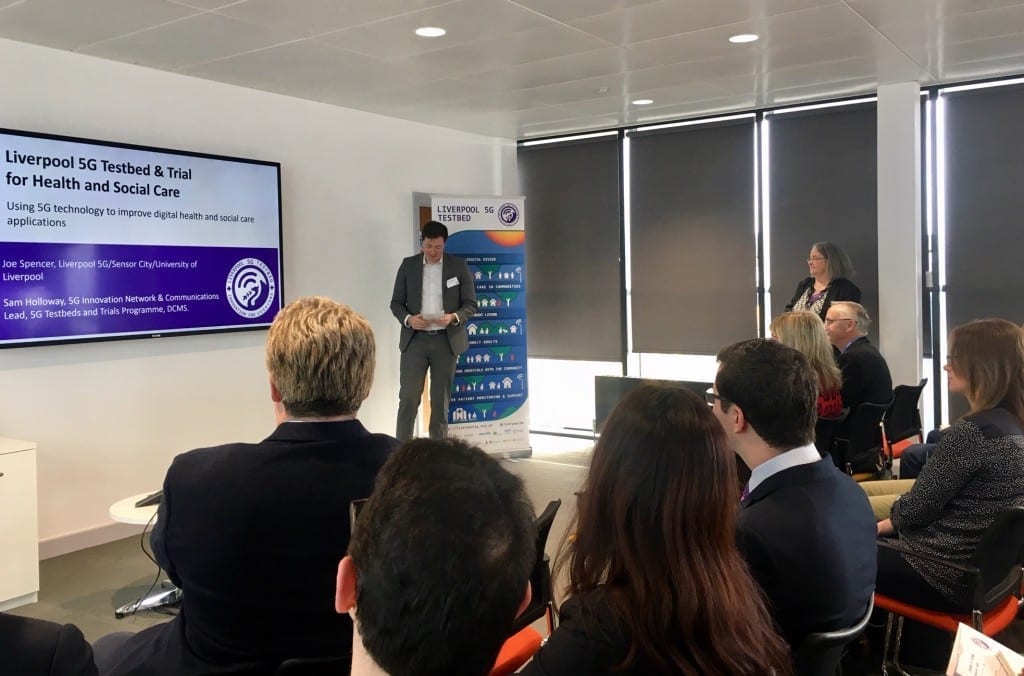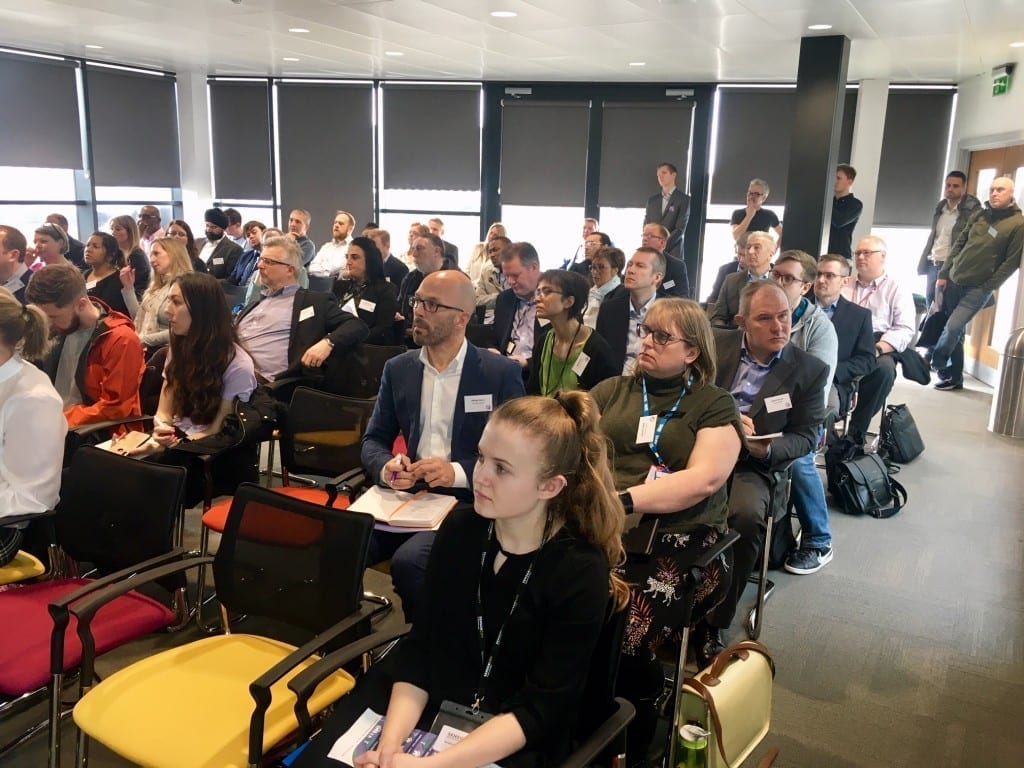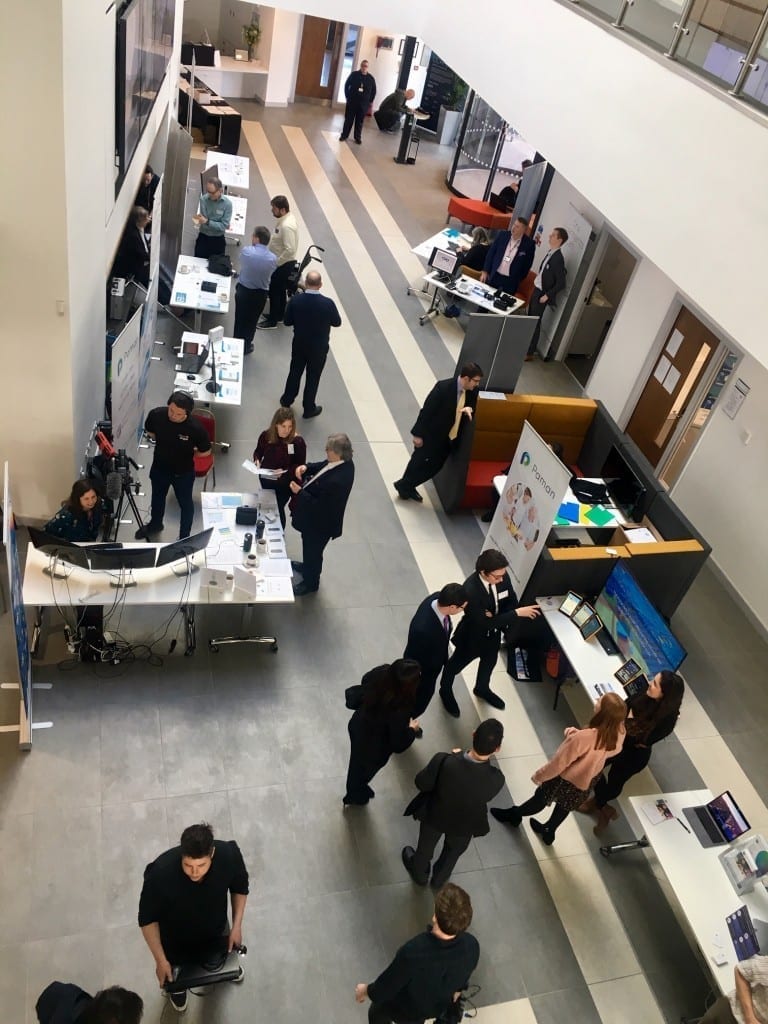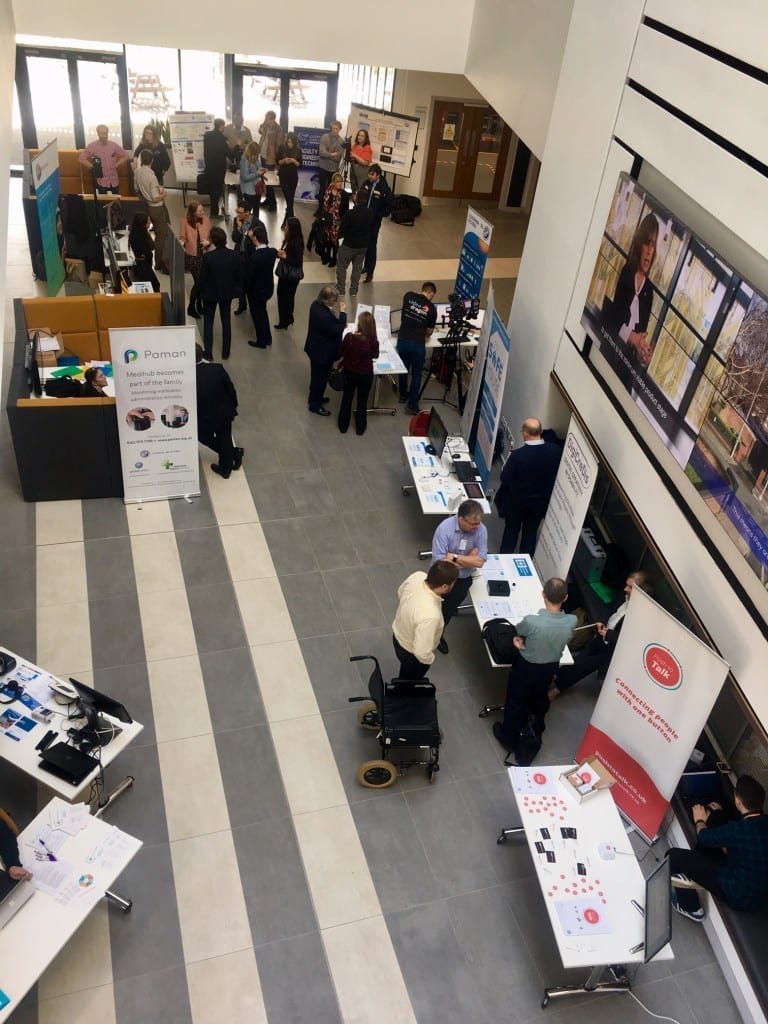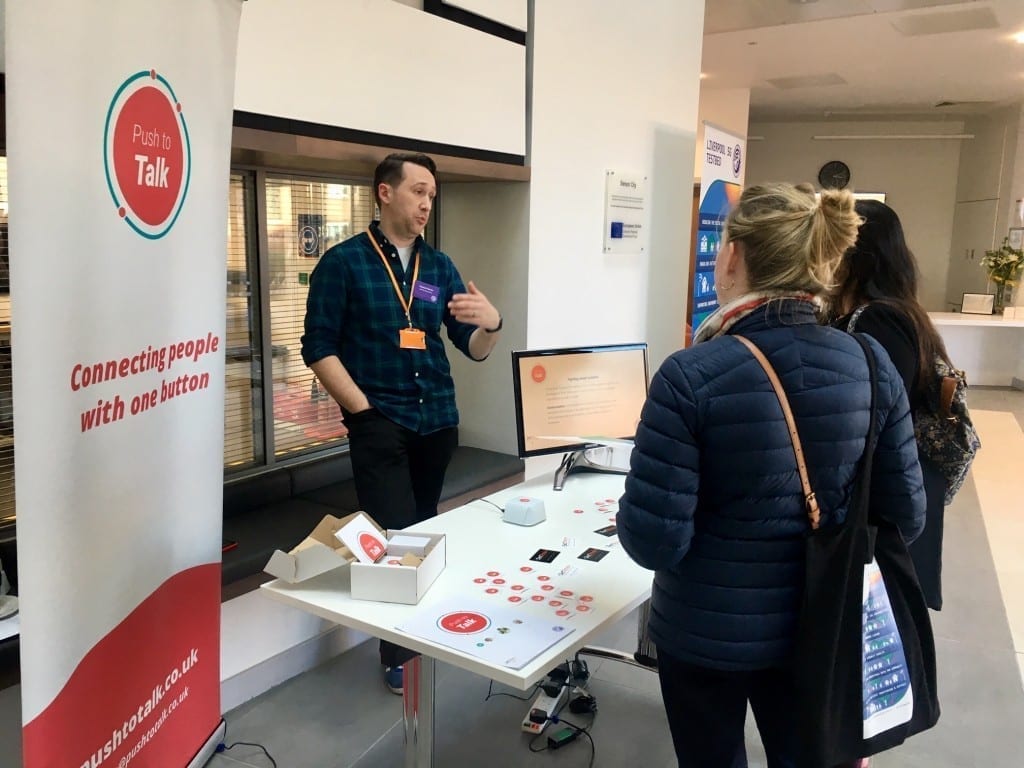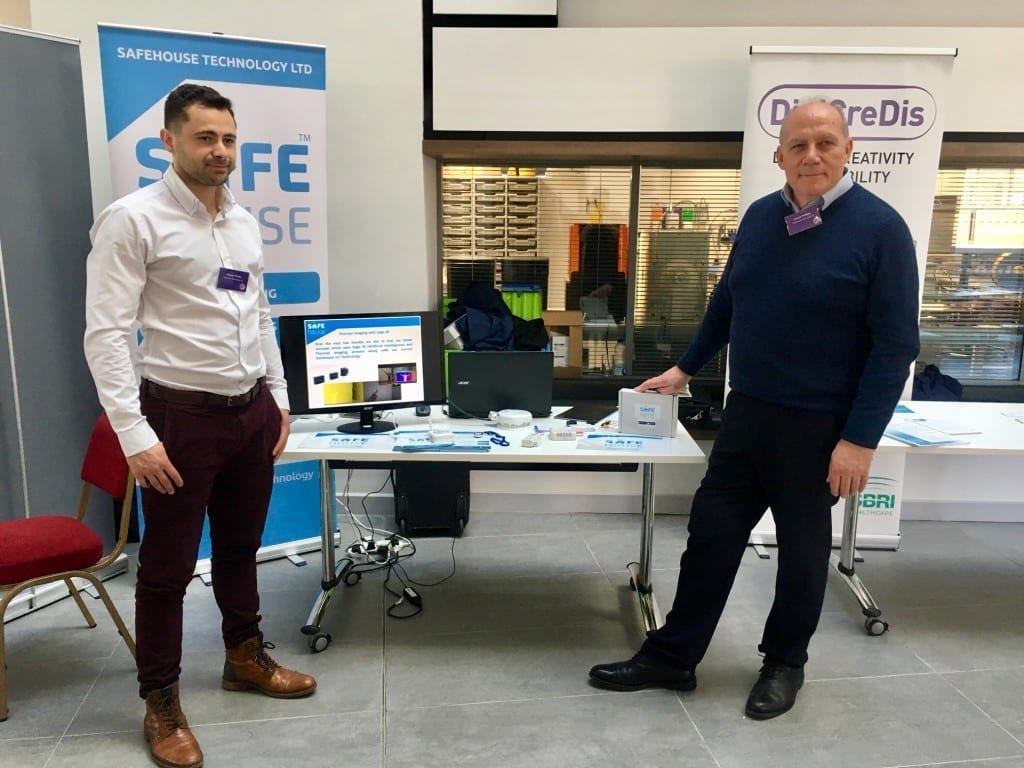The ‘great work’ taking place at Europe’s first dedicated 5G health and social care pilot, Liverpool 5G Health and Social Care, has been recognised with an extra year’s funding.
The project will receive £1.48 million (£0.94M in government funding, bringing the total DCMS funding to £4.9M, and also an additional £0.54 million from consortium partners.)
The announcement was jointly made with the Department for Digital, Culture, Media and Sport (DCMS) at an event to celebrate the project’s first successful year, at Sensor City, Liverpool.
11 organisations from Liverpool’s hospitals, council, universities and technology SMEs have created new 5G supported health technologies to help people in Liverpool’s Kensington to manage long-term health conditions like diabetes and epilepsy themselves at home. This frees up urgently needed health and social care resources to be used where they are critically needed.
Rosemary Kay, Liverpool 5G Health and Social Care Project Director, said: “Liverpool 5G is pleased to announce we’ve had funding for our 5G project extended by DCMS for another 12 months. This recognises the great work taking place across the project and gives us more time to explore the benefits of providing affordable 5G technology to people living in digitally deprived communities, with long-term health conditions.”
Margot James, Minister for Digital, said: “We want the UK to be a world leader in 5G and our modern industrial strategy will help deliver this. The Liverpool testbed is just one of the innovative 5G projects we’re funding across the country and I’m pleased it can continue its important work. I recently visited it and saw first-hand how 5G can improve quality of life and transform the way health and social care is delivered in our communities.”
One of the technologies created as part of the pilot is a Loneliness Gaming and Quizzing App. The app has been co-developed by CGA Simulation and group of people with a learning disability, from Kensington Community Learning Centre (KCLC). The group meet at KCLC each week to take part in activities and games and to chat.
Jane Davies, CGA Simulation’s Producer, said: “Working with people with a learning disability from KCLC to develop the app has been a brilliant process. We have been able to adapt the colours, font size and choice, language and contrast used in the game to better enable people with different conditions to use the app. It is now far more accessible and useable for this group.”
Jon Wetherall, CGA Simulation’s Managing Director, added: “We’ve found that using the app in a setting where a group can split into teams and play the game as friends is ideal. The app has also turned out to be a perfect test case for 5G technology as we need the high bandwidth offered by 5G technology to drive the device to device video capability.”
The other technologies being trialled include:
- Safehouse Sensors, which are installed in homes to detect falls, changes in temperature and unusual behaviour patterns.
- PAMAN, which provides a video link to a local pharmacy, helping people to take medicines at home safely.
- ‘Push to Talk’ a loneliness app for isolated carers, which puts them in touch with other carers in a similar position and the ‘Loneliness Gaming and Quizzing App’, being trialled by people with a learning disability in Kensington.
- Telehealth in a Box’, designed to aid communication between The Royal Liverpool and Broadgreen University Trust and patients in the community, and 5G supported VR devices used as palliative pain distraction in wards.
- ‘WarnHydrate’ a device used to detect dehydration in older people.
- Blu Wireless Technology has developed wireless 5G mesh networks using existing fibre and equipment erected on street furniture like lampposts. The technology can be delivered cost effectively, across a dense urban environment, to provide general coverage.
These applications all rely on 5G’s durability, speed and increased data transfer to provide a consistent service for patients. The project has also designed a new ‘Adoption Readiness Level’ (ARL) tool, which has helped the project team better understand how useful and easily adopted health technologies are by the health and social care services using them.
